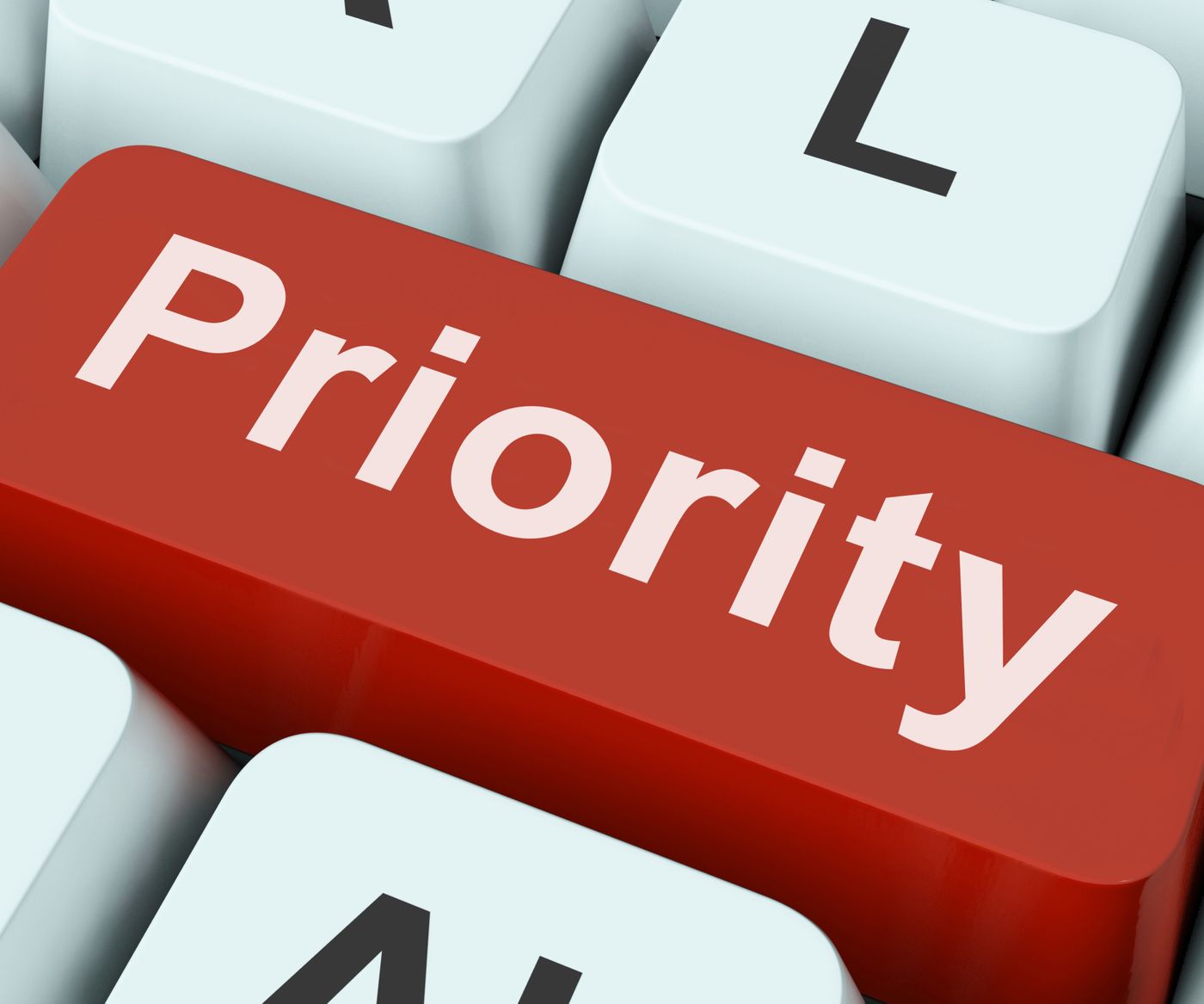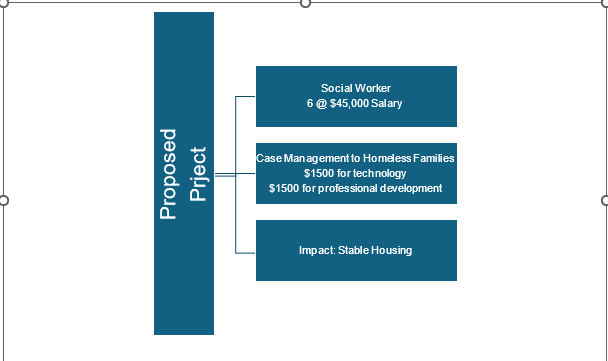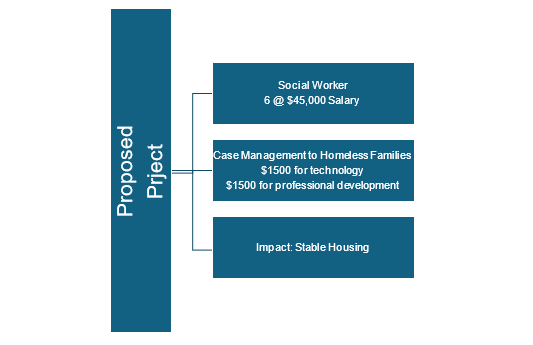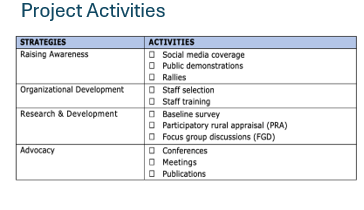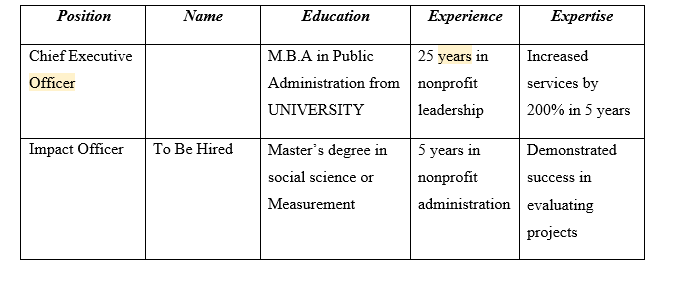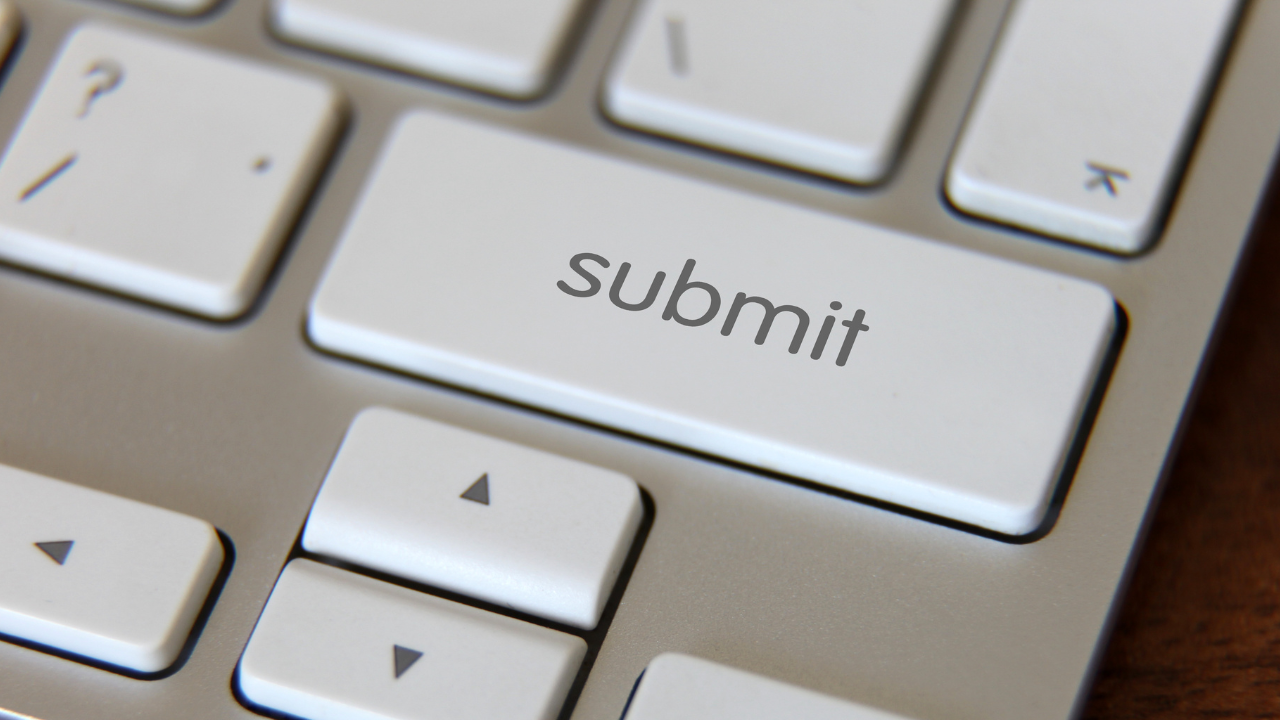Nonprofit grant writing rests on four core principles:
- Describing the community problem with detailed accuracy.
- Establishing your proposed program will positively impact this problem.
- Aligning your program and goals with the funder’s resources and goals.
- Explaining your organization’s capacity to faithfully implement your proposal.
This sounds easy, but many nonprofits are overwhelmed by a task that frequently has an impending deadline and numerous specific requirements. Grant writing is a specialized writing strategy, and following this step-by-step guide will put you on the path to successfully persuading your grant funding partner on the merits of your proposal.
In this step-by-step guide, we will provide you with a successful grant writing process to follow. We’ll also help you determine whether to hire a grant writer or write the grant proposal yourself.
- Preparing your organization.
- Aligning with the funder’s priorities.
- Understanding the grant requirements.
- Creating a proposal.
- Developing a budget.
- Staffing your program.
- Describing your activities and solutions.
- Planning for measuring your impact.
- Illustrating the need for the proposed funding.
- Demonstrating your organizational capacity (Goals, Fiscal BoD, Staffing).
- Illustrating the needs in your community.
- Sharing your proposal and incorporate comments and feedback.
- Editing and proofreading your proposal.
- Submitting your proposal.





